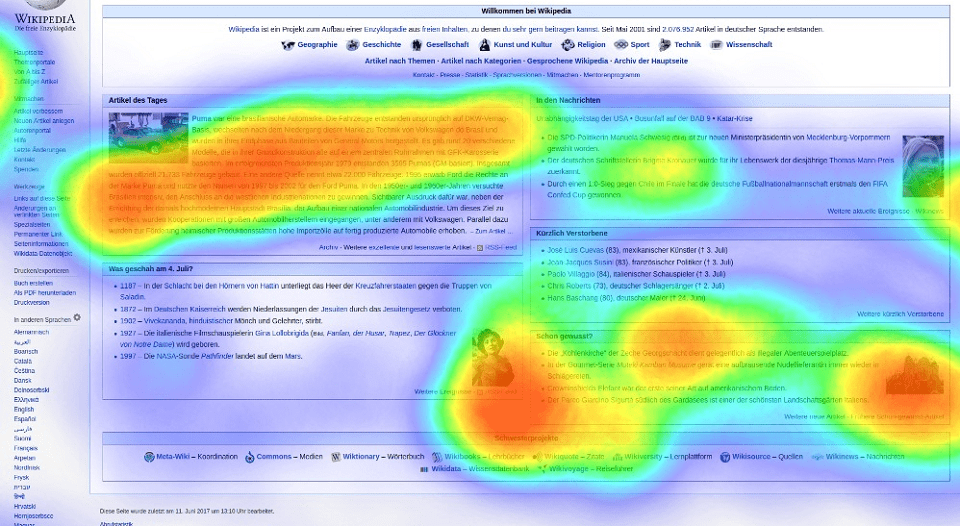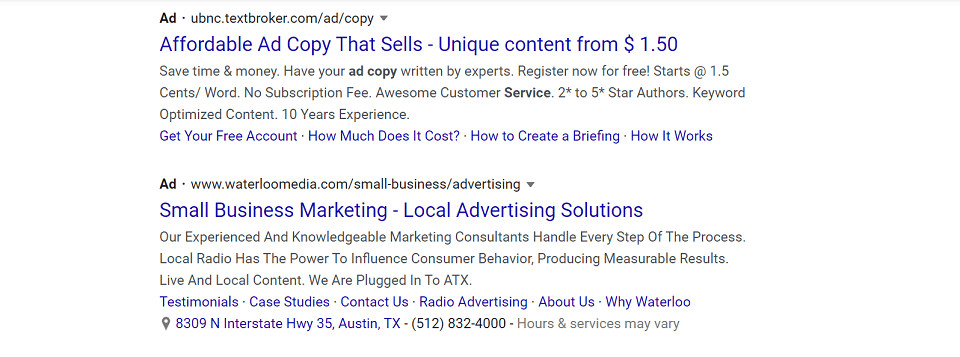Social Media Marketing is the most effective way to increase brand awareness. And there are ample options for platforms you can capitalize on for expanding your reach, including Facebook, Instagram, Twitter, LinkedIn, and others.
But keep in mind that, while these tools can easily be integrated into a social media marketing effort, you want to be smart and strategic about how you use them to maximize impact.
Do you know how your Instagram can help you reach millions of users across the platform?
Some of the better suggestions are to focus on writing appropriate captions, using proper font styles, always putting your brand logo in your posts, and using relevant hashtags, to name a few.
Most importantly of all, hashtags are a critical part of effective social media marketing. It is an excellent way to make your content accessible to the audience, and enables you to find pertinent material from other people & brands.
Hashtags help you build a community in the same industry. It can help engage your users and interact with them. Overall, hashtags are excellent tools for increasing traffic on Instagram and Twitter.
But I bet you’re asking things like “what kind of hashtags are relevant for my post?” and “How do I use hashtags anyway?”
We will aim to help you understand both answers before the end of this blog post. And do you know what the best part is? You don’t have to be a pro to learn how to use hashtags properly.
If you want to maximize your brand impact via social media, you’ll want to take time to plan your hashtag strategy up front. Let’s get right to it…
Keep it Simple & Pertinent
When you select a hashtag, you must remember to pick something that people are looking for and cannot easily forget. There are tons of hashtags dispersed across the social media world.
If you use a long hashtag that is difficult to spell or pronounce, you’ll be less likely to show results in the end. But, an ambiguous, unused, or generic hashtag also won’t deliver the expected outcome.
Your hashtag should be short, concise, accurate, and easy–to-spell. Your audience should get clarity about the topic.
However, it is up to you to find out what questions your audience will relate to. Hashtags help you bifurcate your content and enable people to follow a trend, and thus help you engage with a community.
Trend analysis has become a popular technique in several areas of marketing of late. On this topic, you want to focus on hashtags that are trending or popular at the time you use them. Those are the most likely to expand your reach to people outside of your fans or followers..
Very frequently, trending hashtags are focused on topical news or current news. For instance, Covid-19 or Black Lives Matter protests in early/mid 2020.
Before adding a popular hashtag to your content, double check to ensure that it goes well with your content and adds value to it. If not, it is likely to get ignored like other posts that stuff their descriptions full of too many hashtags.
If your content is genuinely informative, entertaining, or otherwise remarkable, it is likely to be re-shared by other people, thus increasing your brand awareness and audience exposure.
We’ve already covered that hashtags can give you massive exposure to new people. When you use it across multiple social media platforms, people will remember and relate to it even better.
30 is the maximum number of hashtags you can use on Instagram. But bigger is not always better. Aim for closer to 11 or 12 hashtags per post to maximize engagement and relevance.
It’s best to use two hashtags on Facebook. Try one trending hashtag and one custom hashtag for your brand.
Due to the character count limitation, it is best not to use more than two hashtags per tweet to achieve the best results.
LinkedIn has no restriction whatsoever on the number of hashtags per post. But it the best to keep at or below five per post. Not only is it unlikely you’ll have all good matches to your content on the tags, but it can come across spammy. This is particularly true if you pick terms that are a stretch for tagging on the information being posted.
Look for the Hashtag Before Using it
Scan each social media platform to ensure that your hashtag isn’t getting used for the wrong reasons. Also, make sure you don’t use something that can be interpreted in the wrong way.
It’s smart to also confirm that the tags you’re considering aren’t being used to promote competitors. None of us want to accidentally push customer into their arms by misuse of a hashtag.
Using proper hashtags helps to create online conversation, raise brand awareness, and increase your sales. If you want your tweet to look exceptional, make sure you are not using a pessimistic hashtag.
Be Specific & Original
If you want others to join the conversation, you must use an original hashtag. You cannot expect to use a generic hashtag like #branding or #creativity and expect people to reshare your post.
As a marketer, it pays o keep up-to-date regarding current trends and features on social media, then use that informatoin to continually update your understanding of audience preferences.
You can place hashtags anywhere. A hashtag can be added to comments, stories, and most importantly, captions on most social media platforms.
On most platforms, it makes the most sense to use hashtags at the end of the post, caption, or tweet. But a hashtag can be placed anywhere, as long as it fits.
For instance, “It was an #enthralling experience, and it will be #missed.” You can also include a hashtag to your bio and make your page more easily accessible.
Conclusion
So, hopefully you remember the key takeaways before starting to use hashtags on your own Instagram account. As much as handy hashtag feature is, try not to overuse it, and be as specific and relevant as you can.
As a marketing expert, invest some time into analytics to track the effectiveness of the hashtags. Hence, you will know which hashtags were a success, and you can continue to use them.
With the growing importance of digital marketing, following such techniques will help you expand knowledge of your brand.
Feature Image Credit: CC 0; Public Domain. Feature Image by Pete Linforth from Pixabay
Disclaimer: The views and opinions stated in this post are that of the author, and Return On Now may or may not agree with any or all of the commentary.
This guest post brought to you courtesy of Return On Now, Professional Austin SEO and PPC Services Company.
Harnil Oza
Latest posts by Harnil Oza (see all)
- How Hashtags Can Help Increase Your Social Media Following - September 29, 2020





